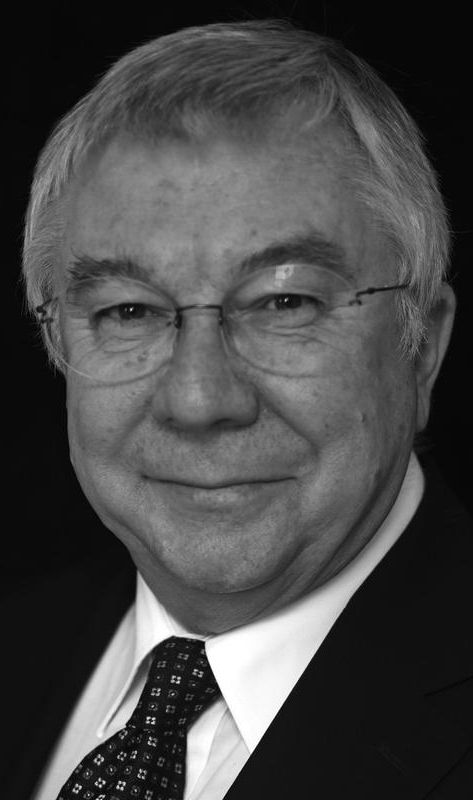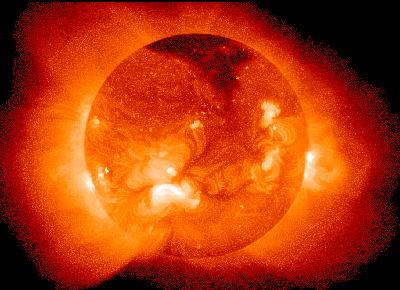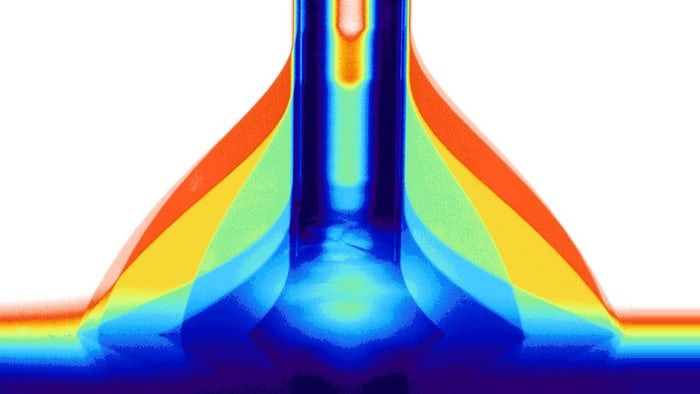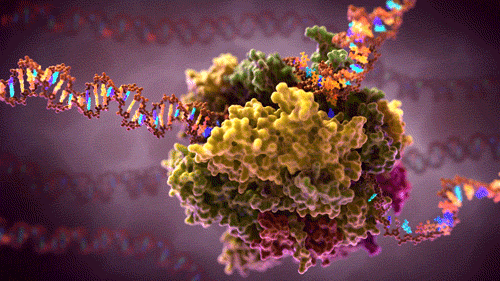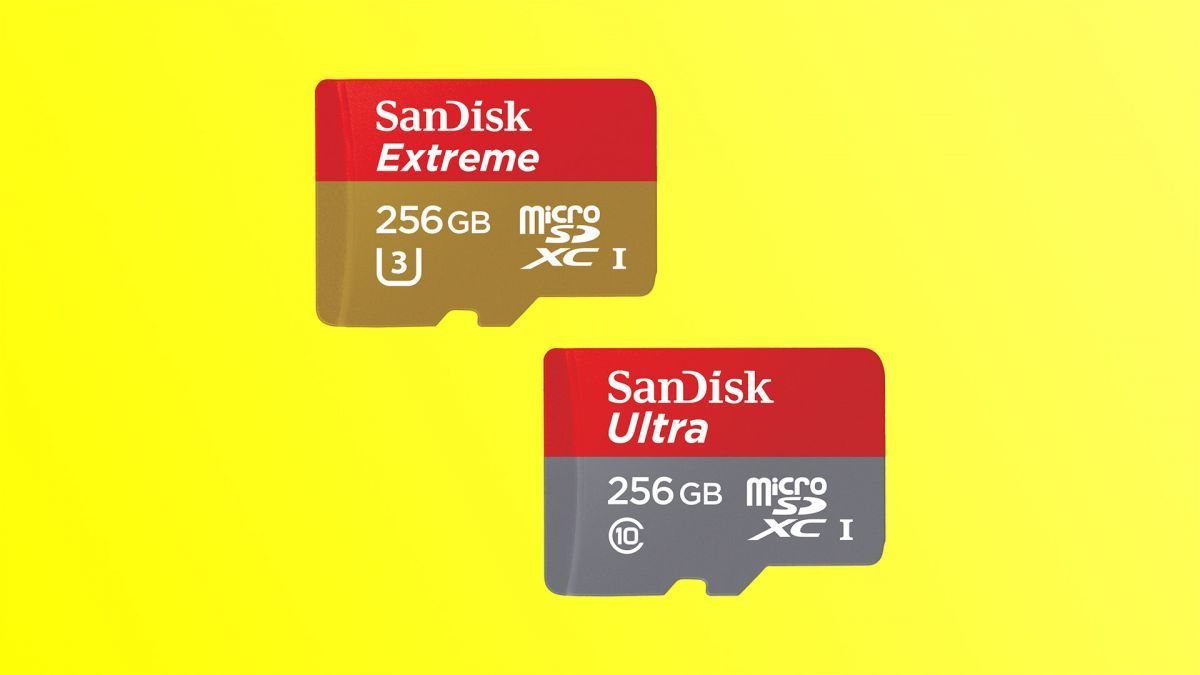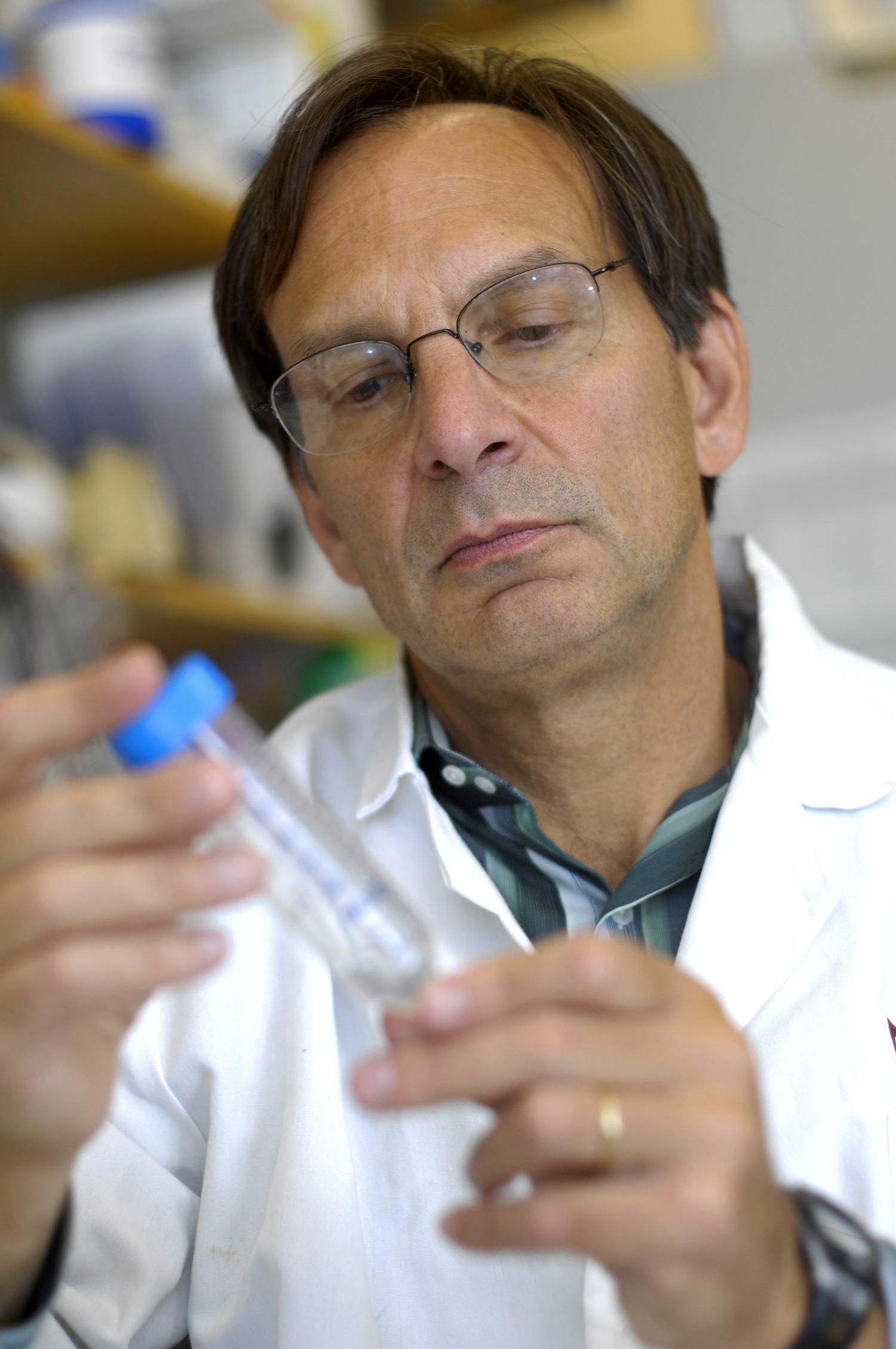Thomas Aquinas and other ludicrous pseudo-philosophers (in contradistinction with real philosophers such as Abelard) used to ponder questions about angels, such as whether they can interpenetrate (as bosons do).
Are today’s mathematicians just as ridiculous? The assumption of infinity has been “proven” by the simplest reasoning ever: if n is the largest number, clearly, (n+1) is larger. I have long disagreed with that hare-brained sort of certainty, and it’s not a matter of shooting the breeze. (My point of view has been spreading in recent years!) Just saying something exists, does not make it so (or then one would believe Hitler and Brexiters). If I say:” I am emperor of the galaxy known as the Milky Way!” that has a nice ring to it, but it does not make it so (too bad, that would be fun).
Given n symbols, each labelled by something, can one always find a new something to label (n+1) with? I say: no. Why? Because reality prevents it. Somebody (see below) objected that I confused “map” and “territory”. But I am a differential geometer, and the essential idea there, from the genius B. Riemann, is that maps allow to define “territory”:

